Top 8 Agile Development Frameworks
 Rajni Rethesh
Rajni Rethesh
Today, Agile is more than a buzzword; it’s a cornerstone for teams that want to thrive in fast-paced environments. With 71% of organizations globally using Agile for better project outcomes, it’s clear why this approach is here to stay. Agile projects boast a 28% higher success rate than traditional methods, making it the top choice for tech teams.
In this blog, we will understand what exactly is an agile development methodology and the top types of Agile development frameworks.
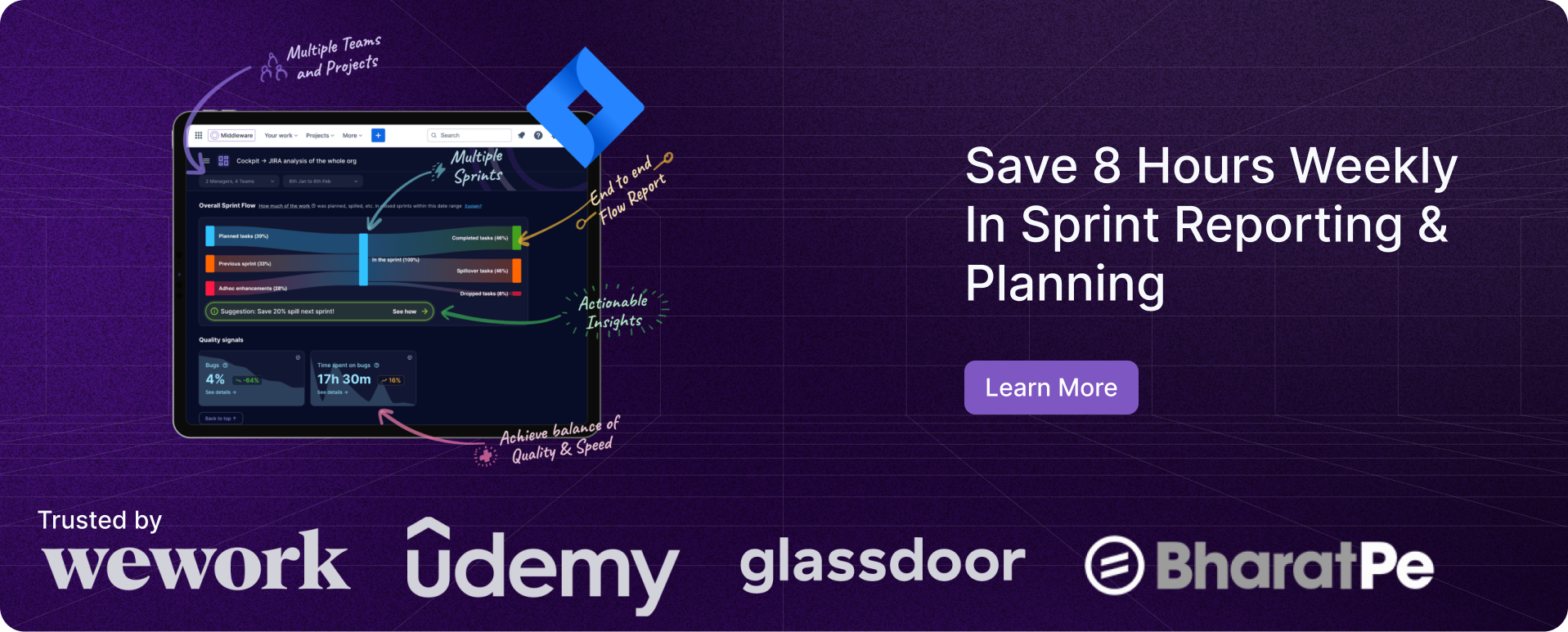
The Middleware Jira Sprint Report Plugin enhances this mindset by streamlining your sprint planning and progress tracking. With detailed reports, you can easily assess team performance, identify bottlenecks, and optimize workflows. Stay ahead of the curve and make informed decisions every step of the way.
What Is Agile Methodology?
Agile is all about flexibility and collaboration. Traditional project management frameworks follow a linear path—plan, build, deliver, repeat. Agile flips the script. Instead of waiting until the end to unveil a product, Agile promotes iterative development, breaking projects into smaller chunks called “sprints.”
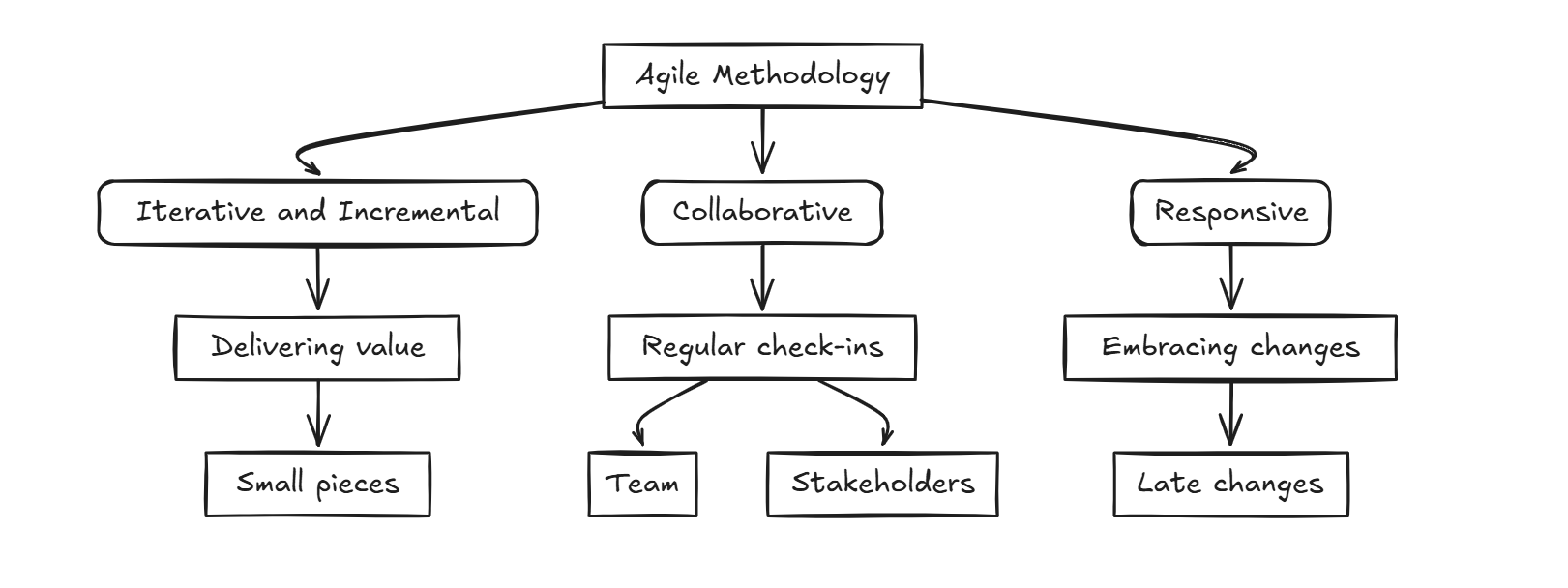
Here’s the gist:
Iterative and Incremental: Delivering value in small, manageable pieces.
Collaborative: Regular check-ins with the team and stakeholders.
Responsive: Embracing changes, even if they come late in the game.
Agile helps teams adapt quickly, fix issues on the go, and create products users love. It’s like adjusting the recipe while cooking to suit everyone’s taste—because who wants bland spaghetti, right?
Why are Different Types of Agile Development Methodology Important for Technical Project Managers?
For technical project managers juggling multiple deliverables, Agile is a lifesaver. It ensures transparency, keeps teams aligned, and—let’s face it—makes your job easier. With Agile, you can:
Identify Risks Early: Spot problems in the sprint cycle before they snowball.
Improve Team Collaboration: Break silos and foster open communication.
Deliver Faster: Ship working features sooner instead of waiting for the “perfect” product.
Types of Agile Software Development Frameworks for Technical Project Managers
Agile isn’t just one framework; it’s a collection of different types of Agile development frameworks designed to address specific project needs. Think of it as a buffet where you pick what works best for your team. Here’s the lowdown on the most popular Agile methodologies:
1. Scrum
Scrum is Agile’s poster child. Scrum is an Agile Methodology that is structured yet flexible, focusing on time-boxed iterations (sprints) to deliver features quickly.
Key Features
Teams operate in short, focused intervals known as sprints, typically lasting 2-4 weeks. Each sprint serves as a mini-project, allowing teams to tackle specific tasks or features, delivering incremental progress while staying adaptable to changes. At the end of a sprint, teams evaluate their work, gather feedback, and plan the next cycle, ensuring continuous improvement. To streamline this process, tools like the Jira Sprint Reports plugin can be a game-changer.
This plugin automates the generation of sprint insights, providing detailed overviews of task progress, completion rates, and any blockers faced by the team. By leveraging these reports, technical project managers can make data-driven decisions, optimize resource allocation, and maintain clear visibility into team performance. It’s an essential tool for keeping sprints on track and aligning team efforts with project goals.
Daily stand-ups for quick progress updates
Defined roles: Product Owner, Scrum Master, Development Team
Best For Teams that thrive on structure and need clear deliverables.
2. Kanban
Kanban is all about visualizing workflows and improving efficiency. Picture a board with sticky notes representing tasks—it’s simple but powerful.

Key Features:
Visual boards to track progress
Continuous delivery without fixed sprint cycles
Emphasis on limiting work in progress (WIP)
Best For: Teams looking for flexibility and incremental improvements
3. Extreme Programming (XP)
If quality and customer satisfaction are your jam, XP is worth considering. It’s all about frequent releases and continuous testing.
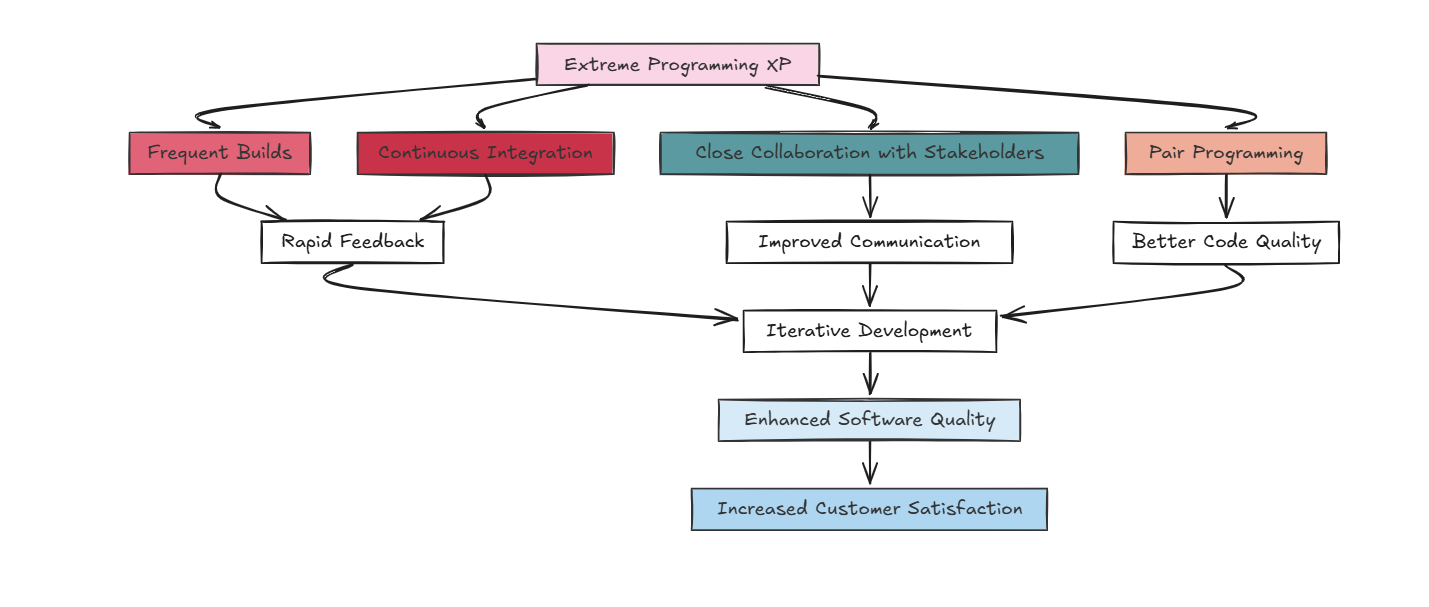
Key Features:
Pair programming for better code quality
Frequent builds and continuous integration
Close collaboration with stakeholders
Best For: Software development teams with a strong focus on quality and user feedback.
4. Lean Development
Lean borrows principles from manufacturing to optimize workflows and eliminate waste.
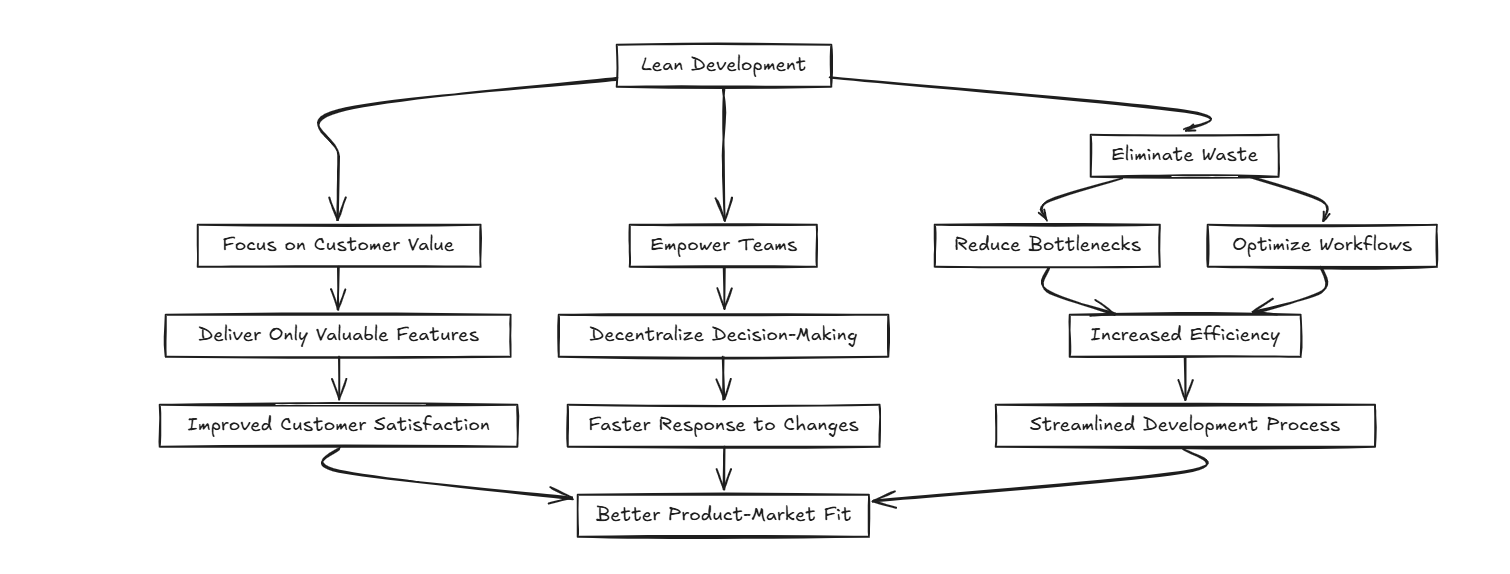
Key Features:
Delivering only what’s valuable to the customer
Reducing bottlenecks and inefficiencies
Empowering teams to make decisions
Best For: Teams looking to cut down unnecessary processes and focus on value delivery.
5. Crystal
Crystal is all about tailoring processes to team size and project complexity. It emphasizes communication and transparency.
Key Features:
Focus on individuals and interactions over tools
Adjusts practices based on team size and project needs
Lightweight and adaptive
Best For: Smaller teams with shifting priorities.
6. Feature-Driven Development (FDD)
FDD emphasizes building features that deliver business value, keeping the end-user in mind throughout.
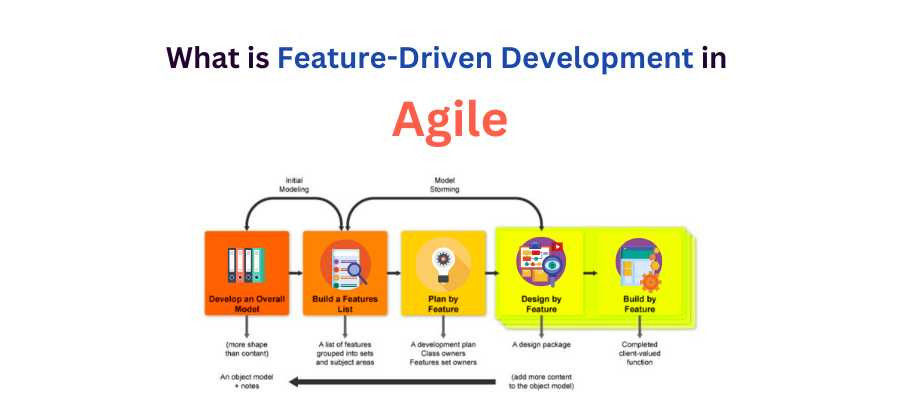
Key Features:
Focus on feature planning and iterative development
Progress tracked in five steps: develop model, build feature list, plan by feature, design by feature, build by feature
Designed for scalability
Best For: Larger teams managing complex systems.
7. Dynamic Systems Development Method (DSDM)
DSDM is like Agile’s sophisticated cousin—it ensures quality while sticking to a budget and timeline.

Key Features:
Prioritized requirements based on business value
Iterative development with user involvement
Strong focus on testing and documentation
Best For: Teams juggling strict timelines and budgets.
8. Agile at Scale
When you're running multiple teams across a large organization, frameworks like SAFe (Scaled Agile Framework) or LeSS (Large-Scale Scrum) help maintain harmony.
Key Features:
Synchronization across teams
Alignment with organizational goals
Scalable without sacrificing Agile principles
Best For Enterprises managing several Agile teams.
Also read: Top 10 Sprint Planning Tools for Agile Project Managers
How to Choose the Right Agile Methodology?
No two teams are the same, so why should your Agile approach be? Here’s how to pick:
Assess Team Size: Scrum works for small teams, while SAFe is great for scaling up.
Identify Goals: Focused on quality? Go XP. Need speed? Try Kanban.
Understand Constraints: DSDM shines when working with tight budgets.
Final Thoughts
Agile isn’t just a methodology; it’s a way of thinking. For technical project managers, it’s the ultimate toolkit to stay nimble, foster collaboration, and deliver value consistently. Whether you’re leading a small dev team or orchestrating cross-functional giants, there’s an Agile development framework to fit your needs.

The Middleware Jira Sprint Report Plugin enhances this mindset by streamlining your sprint planning and progress tracking. With detailed reports, you can easily assess team performance, identify bottlenecks, and optimize workflows. Stay ahead of the curve and make informed decisions every step of the way.
Don’t just manage projects—master them. Transform your team’s workflow with the power of Agile and the Middleware Jira Sprint Report Plugin.
FAQs
What is Safe Agile Development Framework?
SAFe (Scaled Agile Framework) is an Agile methodology designed for large enterprises. It provides a structured approach to scaling Agile practices across multiple teams, enabling organizations to align strategy, collaboration, and delivery. SAFe integrates principles from Lean, Agile, and DevOps to support continuous delivery, improve productivity, and foster better communication across teams.
What are the three main Agile frameworks?
The three main Agile frameworks are Scrum, Kanban, and Extreme Programming (XP). Scrum focuses on iterative sprints and roles, Kanban on visual workflows, and XP emphasizes engineering practices like test-driven development.
What are the 4 types of Agile frameworks?
The four main types of Agile methodologies are Scrum, Kanban, Extreme Programming (XP), and Lean Development. Each type tailors Agile principles to specific team and project needs.
What is the best Agile development framework?
The best Agile framework depends on your team's goals and project needs. Scrum is ideal for teams needing structured sprints, while Kanban suits workflows with continuous delivery. For engineering-heavy teams, XP may be the best choice.
Subscribe to my newsletter
Read articles from Rajni Rethesh directly inside your inbox. Subscribe to the newsletter, and don't miss out.
Written by

Rajni Rethesh
Rajni Rethesh
I'm a senior technical content writer with a knack for writing just about anything, but right now, I'm all about technical writing. I've been cranking out IT articles for the past decade, so I know my stuff. When I'm not geeking out over tech, you can catch me turning everyday folks into fictional characters or getting lost in a good book in my little fantasy bubble.